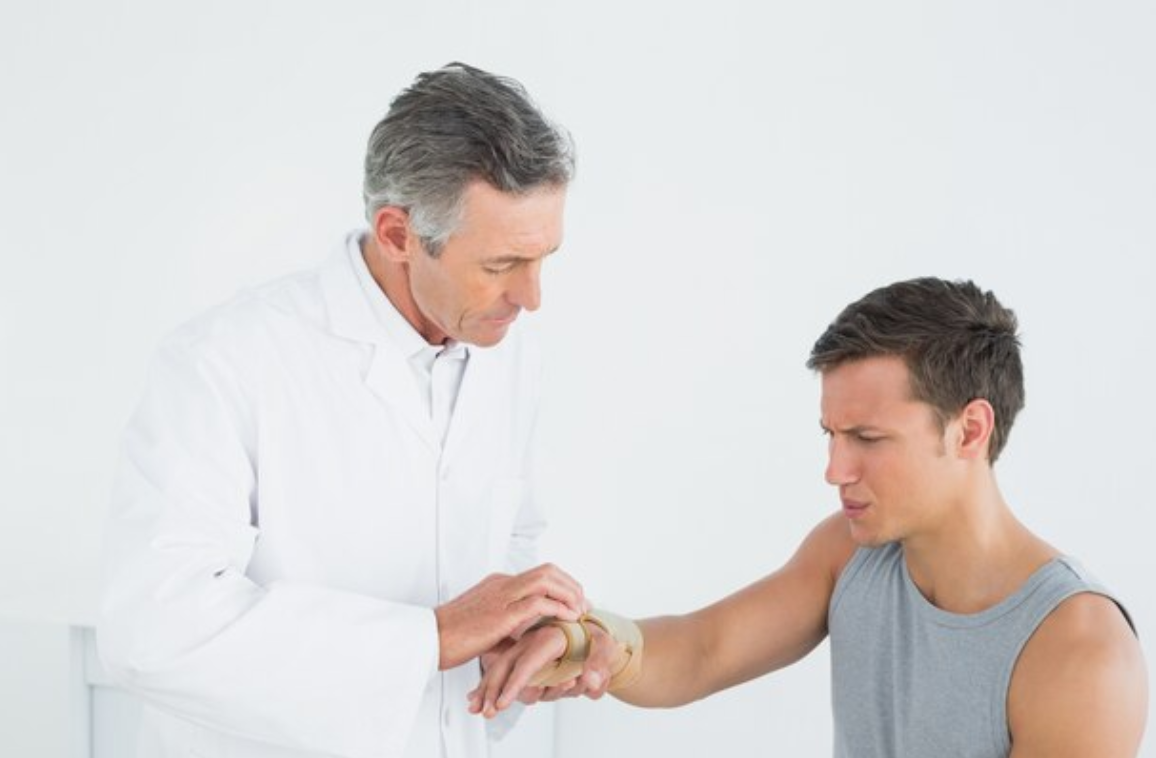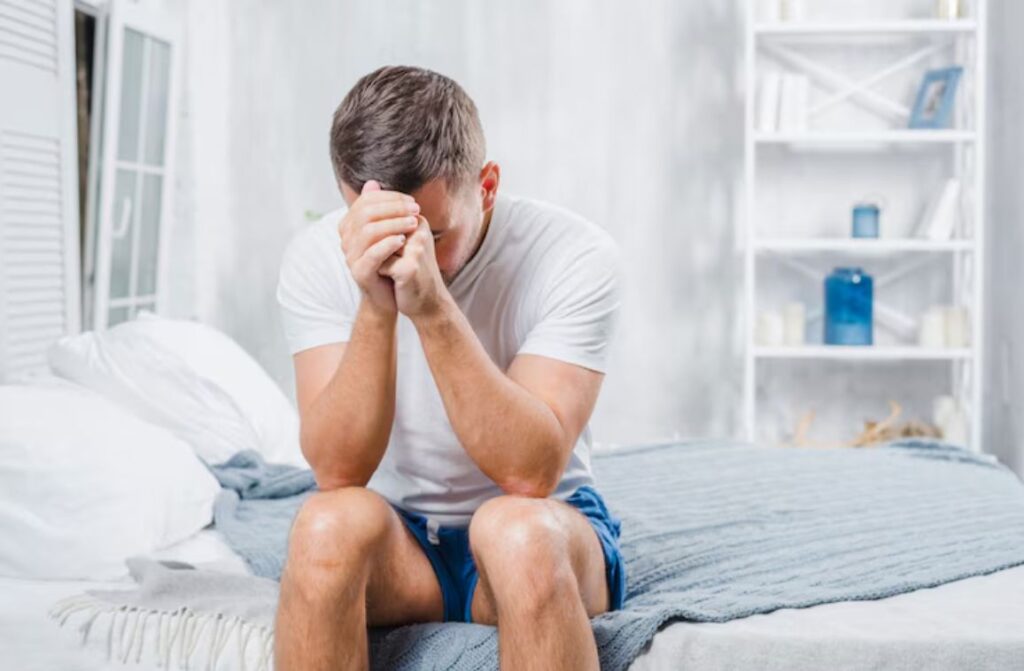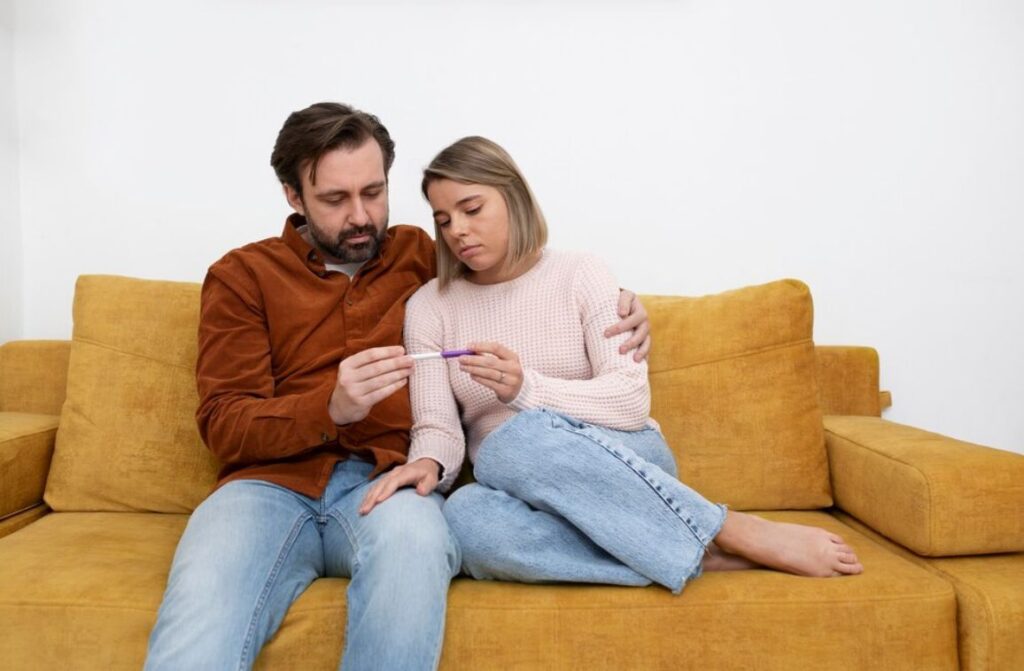Research shows that various socio-demographic, lifestyle, and medical factors do influence testosterone concentrations, including a higher body mass index, a history of diabetes, or even cancer.
Influences like being married, having cardiovascular disease, or being on lipid-lowering medications do impact male fertility.
Bone fractures due to osteoporosis happen to be an important issue in decreasing the quality of life for elderly men in the present aging society.
Osteoporosis and bone fracture prevention are indeed clinical concerns for several clinicians. Moreover, testosterone has an important role in maintaining bone mineral density (BMD) among men. Few testosterone molecular mechanisms for bone metabolism have been currently established by several experimental data.
Concurrent with the lessening of testosterone with age, various clinical symptoms and signs associated with testosterone decline, including decreased BMD, are known to occur in elderly men. Yet, the relationship between testosterone levels and osteoporosis development has been conflicting in human epidemiological studies.
Testosterone replacement therapy (TRT) is no doubt a useful tool for managing clinical symptoms caused by hypogonadism. Several recent studies do support the benefit of TRT on BMD, especially in hypogonadal men with osteopenia and osteoporosis, although a few studies failed to demonstrate its effects. Yet, no evidence supporting the hypothesis that TRT can prevent the incidence of bone fracture exists. Currently, TRT needs to be considered as one of the treatment options to improve hypogonadal symptoms and BMD simultaneously in symptomatic hypogonadal men suffering from osteopenia.

Serum testosterone levels decrease by 1% annually with age in elderly men. which may induce various clinical symptoms of late-onset hypogonadism (LOH) syndrome. LOH syndrome involves clinical symptoms, including depression, irritability, sexual dysfunction, decreased muscle mass, and strength, as well as decreased bone mineral density (BMD), visceral obesity, and, of course, metabolic syndrome, which appears to be linked with aging. These symptoms and signs often impair the quality of life (QOL) of elderly men.
Thus, testosterone replacement therapy (TRT) is indeed expected to be one of the tools for improving these clinical conditions and QOL in men with LOH syndrome. Its clinical use has greatly increased over the past few years.
Estrogen, which is important for maintaining BMD, does decrease immediately in women during menopause. However, testosterone, which decreases slowly with age, does play an important role in maintaining BMD in men. Therefore, osteoporosis tends to occur more commonly in elderly women than in men. The incidence frequency of femoral neck fractures is fourfold higher in men than in women with osteoporosis. Thus, osteoporosis prevention is an important issue in maintaining ADL and QOL in elderly men.
BMD has a close correlation with serum testosterone levels in men. Testosterone levels immediately tend to decrease due to androgen deprivation therapy (ADT) for prostate cancer, resulting in a decrease in BMD and also osteoporosis.
BMD indeed has a close correlation with serum testosterone levels in men. Also, testosterone levels do immediately decrease on account of androgen deprivation therapy (ADT) for prostate cancer, resulting in a decrease in BMD and osteoporosis.
The apparent relationship between testosterone deficiency and low BMD is currently established. In particular, this relationship is much stronger in young adult men with moderate to even severe hypogonadism.
A few earlier studies did demonstrate that hypogonadism was the cause of male osteoporosis. Yet, these studies are limited by their small sizes and various potential biases.
What more?
High testosterone levels can indeed cause various symptoms, including body hair growth, mood disturbances, and acne. They can result from some medical conditions and also from the use of medications or anabolic steroids.
Conclusion
Testosterone health issues cannot be taken lightly.









